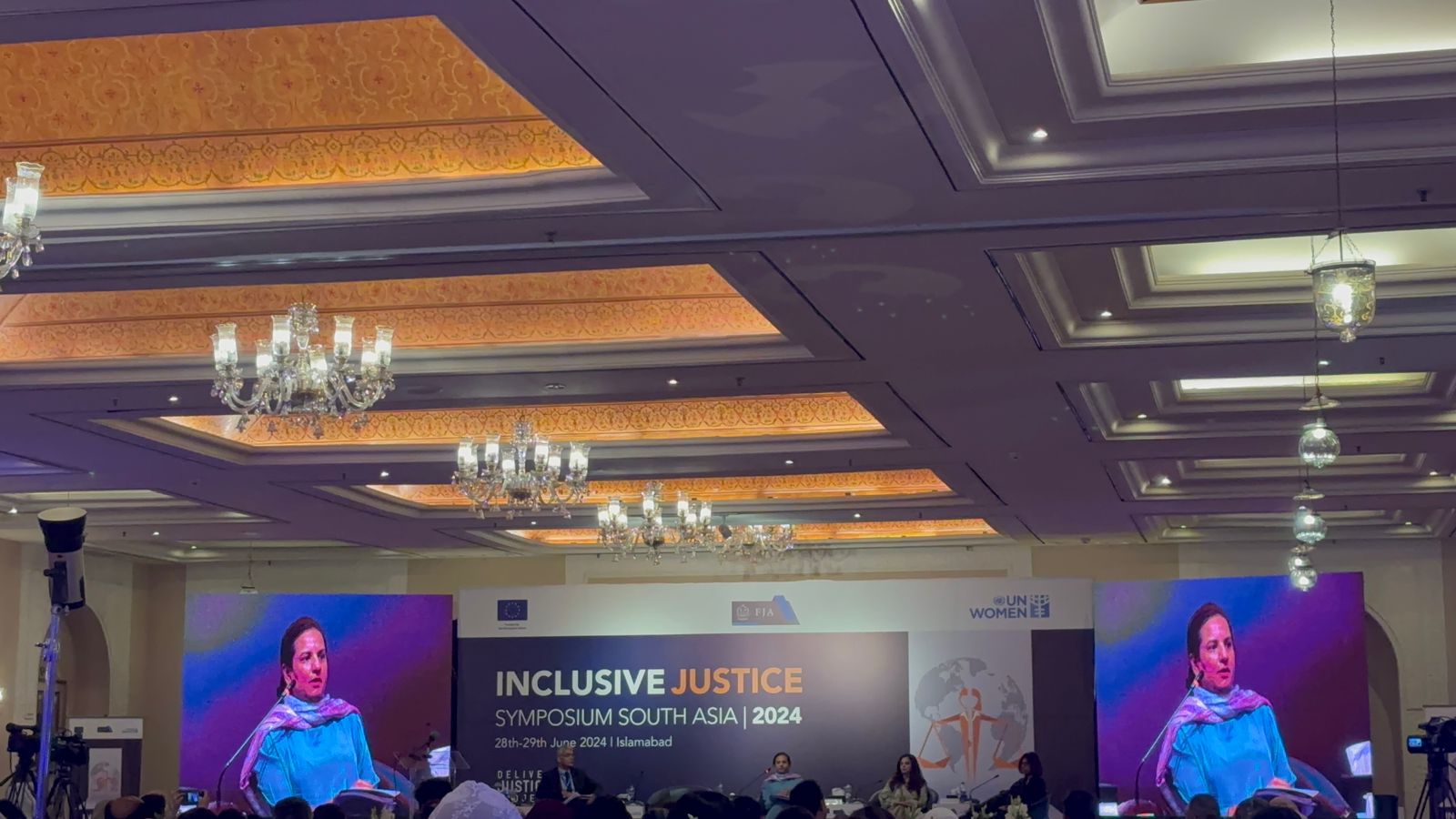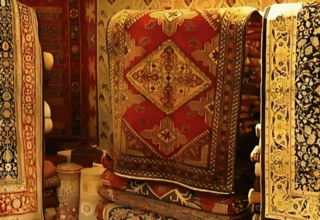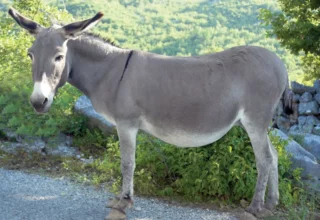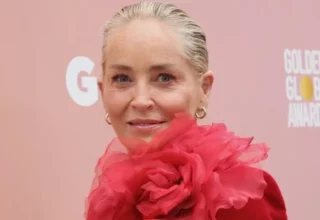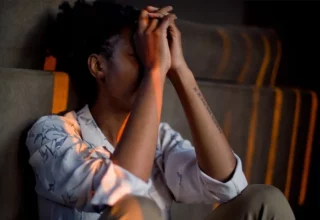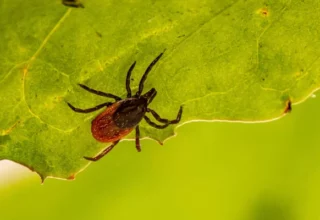Indonesian archaeologist Thomas Sutikna was nursing a fever in a hotel room on September 2, 2003, when a coworker shared news of what turned out to be a once-in-a-generation discovery.
Earlier that day, a colleague’s trowel had hit a tiny human-like skull encased in 6-meter (19.7-foot) deep sediment in Liang Bua, a large cave in the highlands of the Indonesian island of Flores that Sutikna and his colleagues had been excavating since 2001. Sutikna’s fever immediately vanished, and after a fitful night’s sleep, he and his team set off for the site at sunrise.
They were thrilled to uncover more bones — some still attached to one another — in the same location at the high-ceilinged cave.
“There were leg bones, hand bones, tibia, femur, grouped in there, in one context.
Given the very fragile condition of the bone, it was not possible to lift it (out of the ground) immediately,” recalled Sutikna, now an archaeologist and researcher at Indonesia’s Center for Archaeometric Research at the country’s National Research and Innovation Agency.
To harden the brittle exposed bone, he applied some acetone nail polish remover bought from a cosmetics store mixed with glue the team had on site.
The team then brought the blocks of cut sediment containing the bones back to the hotel by minibus.
Wahyu Saptomo, one of the field archaeologists who had first told Sutikna about the discovery, remembered that they placed the blocks of soil on their laps — the safest place during a bumpy minibus ride on an unpaved road.
“We were all surprised by the fossil, because after cleaning it could be seen that the teeth had all grown and were intact. The skull bones also showed that it was an adult bone, not a child’s skull,” said Sutikna, who subsequently took the fossil to Jakarta, the Indonesian capital.
Now, 20 years later, scientists are still struggling to definitively place this enigmatic piece of the evolutionary puzzle. But the journey sparked by its discovery has led to revelations that challenge what’s known about the human family tree.



